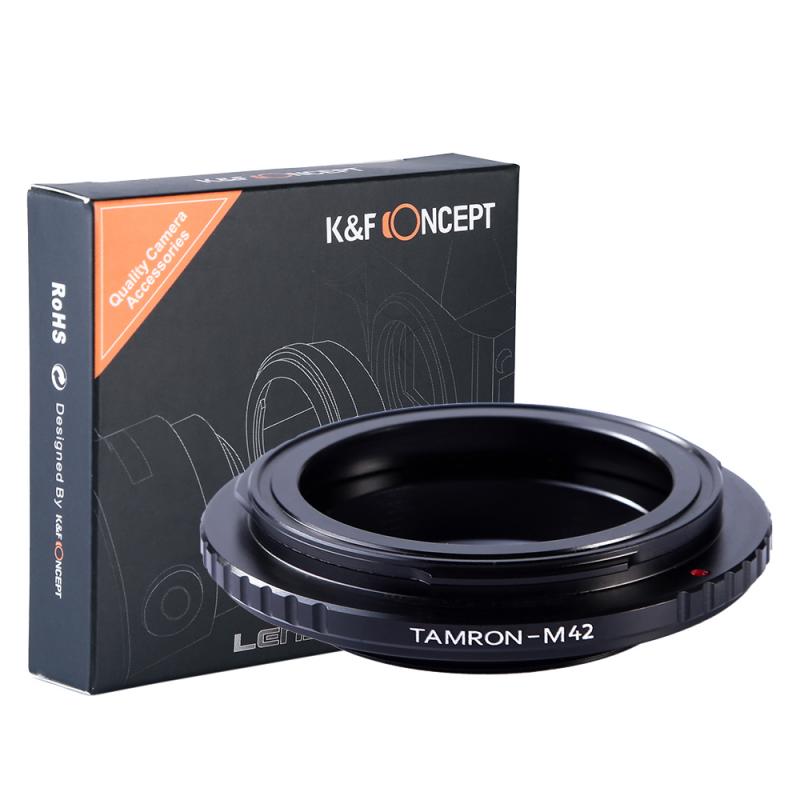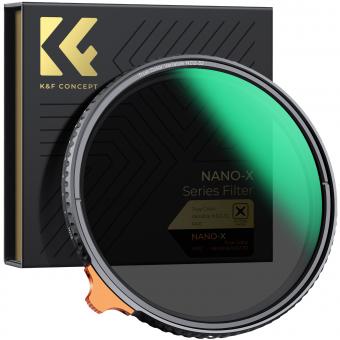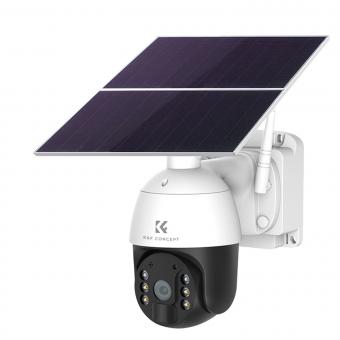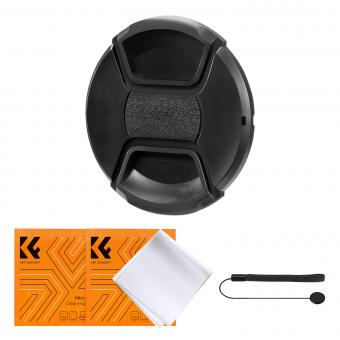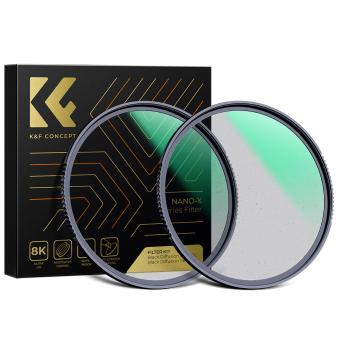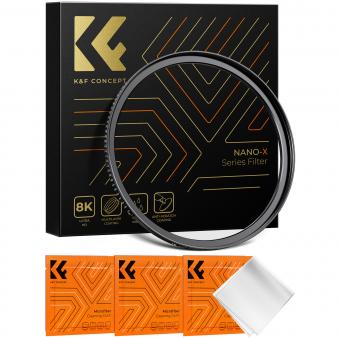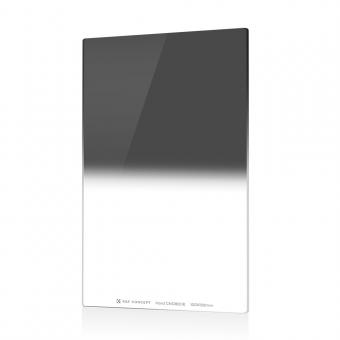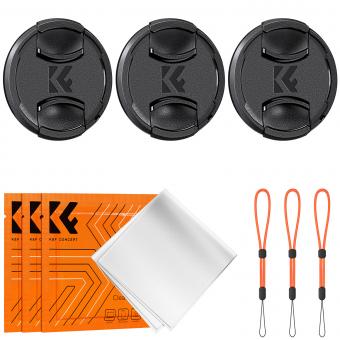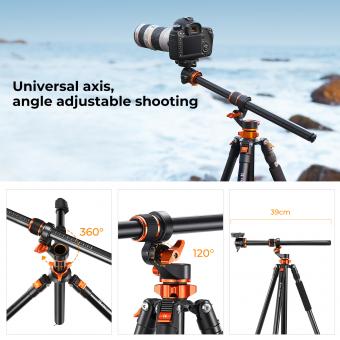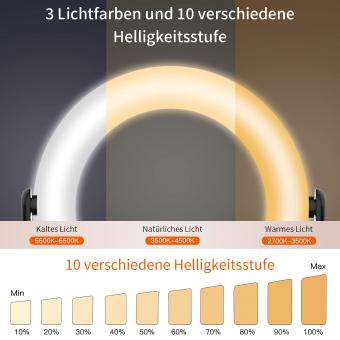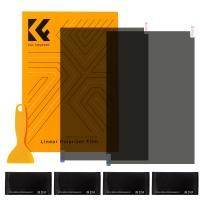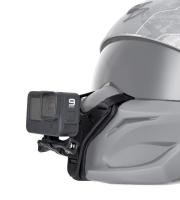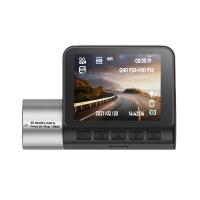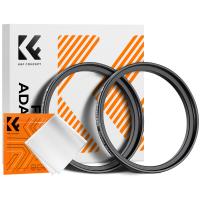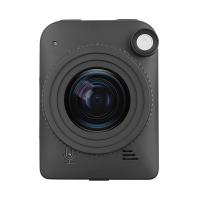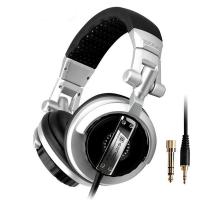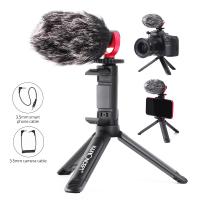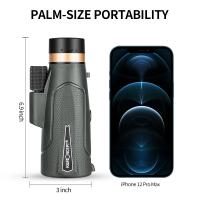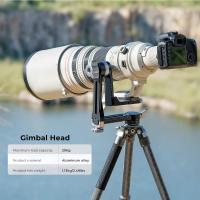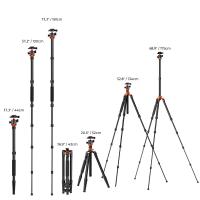How Tall Are Tripods ?
The height of tripods can vary depending on their design and purpose. Tripods used for photography or videography typically have adjustable legs that can extend to different heights. They can range from a few inches to several feet tall. Professional tripods often have a maximum height of around 5 to 6 feet, while smaller tripods designed for tabletop use may be only a few inches tall when fully extended. It is important to note that tripods also come in various sizes and configurations, so the height can vary significantly depending on the specific model.
1、 Average height of tripods for photography and videography.
The height of tripods used for photography and videography can vary depending on the specific model and purpose. However, there is a general range of average heights that are commonly found in the market.
Typically, tripods for photography and videography come in various sizes to accommodate different shooting situations and preferences. The average height for a tripod can range from around 50 inches (127 cm) to 70 inches (178 cm). These measurements refer to the fully extended height of the tripod legs, excluding the height of the tripod head.
It is important to note that tripods often have adjustable legs, allowing users to customize the height according to their needs. This adjustability is particularly useful when shooting on uneven surfaces or when different shooting angles are required. Some tripods also offer a center column that can be extended to further increase the height.
In recent years, there has been a growing demand for compact and lightweight tripods, especially among travel photographers and videographers. These tripods are designed to be portable and often have a reduced height compared to their larger counterparts. They typically range from around 40 inches (102 cm) to 60 inches (152 cm) when fully extended.
It is worth mentioning that advancements in tripod technology have led to the development of innovative features such as telescopic legs, quick-release mechanisms, and carbon fiber construction. These advancements have made tripods more versatile, durable, and user-friendly.
In conclusion, the average height of tripods for photography and videography falls within the range of 50 to 70 inches. However, it is important to consider individual preferences, shooting requirements, and the availability of compact options when choosing a tripod.

2、 Height range of tripods for different purposes and industries.
The height of tripods can vary depending on their purpose and the industry they are used in. Tripods are commonly used in photography, videography, surveying, and various other fields. The height range of tripods is designed to cater to the specific needs of these industries.
In photography and videography, tripods are used to stabilize cameras and ensure steady shots. The height of tripods for these purposes typically ranges from around 1.5 feet to 6 feet. This range allows photographers and videographers to adjust the tripod to their desired height and capture shots from various angles.
For surveying and construction purposes, tripods are used to mount instruments such as total stations and laser levels. The height range of tripods for these industries is generally higher, ranging from around 3 feet to 12 feet. This allows surveyors and construction professionals to set up their instruments at an appropriate height for accurate measurements and leveling.
It is important to note that the height range of tripods may vary based on the latest advancements in technology and industry requirements. With the introduction of lightweight and compact tripods, there has been a trend towards smaller and more portable options. These tripods may have a lower height range but still provide stability and functionality for various applications.
In conclusion, the height range of tripods varies depending on their purpose and the industry they are used in. Whether it is for photography, videography, surveying, or construction, tripods are designed to provide stability and adjustability at different heights to meet the specific needs of professionals in these fields.

3、 Factors influencing the height of tripods.
Factors influencing the height of tripods can vary depending on the specific purpose and design of the tripod. Tripods are commonly used in photography, videography, and other fields where stability and support are essential. The height of tripods is an important consideration as it determines the perspective and stability of the camera or equipment mounted on it.
One factor influencing the height of tripods is the intended use. Tripods used for photography often have adjustable legs that can be extended to different heights. This allows photographers to capture shots from various angles and perspectives. For example, a photographer may need a taller tripod to capture a landscape shot, while a shorter tripod may be sufficient for a close-up shot.
Another factor is the weight and size of the equipment being used. Heavier cameras or equipment may require a taller tripod to ensure stability and prevent tipping. Additionally, the height of the tripod should be compatible with the user's height to provide comfortable operation and avoid strain.
The latest point of view in tripod design is the incorporation of innovative features such as telescopic legs, quick-release mechanisms, and adjustable center columns. These advancements allow for greater flexibility in adjusting the height of the tripod to suit different shooting conditions and user preferences.
In conclusion, the height of tripods is influenced by factors such as the intended use, weight and size of the equipment, and user comfort. The latest tripod designs incorporate features that enhance adjustability and convenience. Ultimately, the height of a tripod should be chosen based on the specific requirements of the task at hand, ensuring stability, perspective, and ease of use.
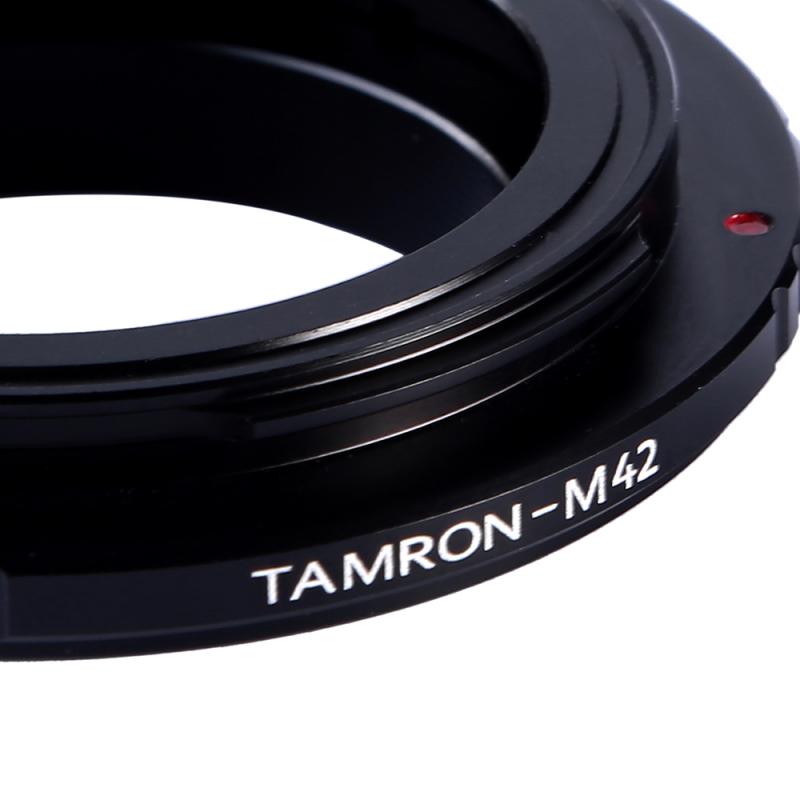
4、 Adjustability options for tripod height.
Adjustability options for tripod height are an essential feature that allows photographers and videographers to capture their desired shots from various angles and perspectives. Tripods come in different sizes and designs, offering a range of height options to accommodate different shooting situations.
The height of tripods can vary significantly depending on the model and brand. Generally, tripods can range from as short as a few inches to as tall as several feet. The most common tripod height range is between 20 to 60 inches (50 to 150 centimeters). However, there are also specialized tripods available that can extend to even greater heights, reaching up to 80 inches (200 centimeters) or more.
The adjustability options for tripod height typically involve extending or retracting the legs and adjusting the center column. Most tripods have telescopic legs that can be adjusted to different lengths, allowing users to set the tripod at their desired height. Additionally, the center column of the tripod can often be raised or lowered to further fine-tune the height.
It is important to note that the maximum height of a tripod may not always be the most stable option. As the tripod extends to its maximum height, it becomes more susceptible to vibrations and instability, especially in windy conditions. Therefore, it is crucial to consider the balance between height and stability when choosing the appropriate tripod for a specific shooting scenario.
In recent years, tripod manufacturers have been focusing on creating lightweight and compact designs without compromising stability and adjustability. This trend has led to the development of innovative tripod systems that offer increased portability and versatility. Some tripods now feature modular designs, allowing users to add or remove sections to adjust the height according to their needs.
In conclusion, the height of tripods can vary greatly, with most models offering a range between 20 to 60 inches. However, specialized tripods can extend to even greater heights. The adjustability options for tripod height involve extending or retracting the legs and adjusting the center column. It is important to find a balance between height and stability when choosing a tripod. The latest developments in tripod design focus on creating lightweight and compact options without compromising stability and adjustability.
